
Developer: Nippon Ichi Software
Publisher: NIS
Platform: PS4, PS5, PC, Switch
Tested on: Switch
Labyrinth of Galleria: The Moon Society – Review
We never expected 2016’s Labyrinth of Refrain: Coven of Dusk to receive a sequel, yet here we are. Almost seven years have passed since the aforementioned title first graced the screens of the PS Vita, and now we return to what is apparently now a series in its own right, with Labyrinth of Galleria: The Moon Society. Offering a standalone story and mostly the same core gameplay experience as its predecessor, is The Moon Society the game you want for your dungeon-crawling needs or are you better off waiting for the upcoming Etrian Odyssey remasters?
Story
In a bit of a surprising twist, The Moon Society does not put directly you in the shoes of the story’s protagonist, a role taken by a witch named Eureka de Soleil. Instead, the player role is assigned to the so-called Lanterne de Fantasmagorie, or Fantie for short, a lantern spirit tasked with assisting the young girl. You see, Eureka has been hired by the elderly witch Madame Marta, who wants the young witch to gather Curios d’Art from the vast, labyrinthian basement beneath the mansion where she lives. There is a small caveat, however, and that is that living beings will be killed if they enter and then try to leave the basement. Eureka will have to resort to creating puppet soldiers to venture into the depths and collect the artifacts Madame Marta desires. This is where Fantie comes in as he is the perfect assistant for puppet creation. It’s a simple premise and the story that then unfolds is told through lavish visual novel-style cutscenes, and it also takes a few unexpected twists and turns. Overall, we really enjoyed what The Moon Society had to offer in terms of narrative, although we admittedly haven’t seen things through to the end, simply because of how massive the game is.
Graphics
There is a distinct division between the 3D scenery, which is fine but not remarkable, and the 2D visuals, which encapsulate the overall atmosphere of The Moon Society a lot better. The actual anime-styled character artwork is fantastic, and The Moon Society even offers up a customization feature that lets you swap the color palettes of the puppets you create. Of course, this degree of personalization comes at a cost. Just like many other games in the genre, the characters are represented by static images rather than animated models. The overall art style feels very reminiscent of the Disgaea series.
Sound
We were pleasantly surprised to find that The Moon Society offered full voice acting in both English and Japanese. The overall quality of the voice cast is top-notch, with the actors really selling their characters. The music is a delight, with smooth jazz accompanying you as you explore the dungeons, which makes place for dramatic and ominous piano music during battles.
Gameplay
If you’ve ever played a dungeon crawler RPG before, whether it’s Coven of Dusk or similar games like Mary Skelter, you already have a fairly good idea of what to expect here. The Moon Society puts you in command of a party of literal puppets, as you force them to make their way through increasingly expansive and elaborate dungeons. The core gameplay loop involves exploring a dungeon until you can’t go any further, returning to your home base with your findings, and utilizing these to prepare yourself for a new expedition that lets you revisit that dungeon allowing you to delve deeper into it. It’s a tried and true concept with the main pitfall being that it might end up becoming a repetitive and monotonous affair. Fortunately, The Moon Society manages to avoid this and is able to keep the player surprised and engaged even after several dozen hours of playing.
That is in part because The Moon Society offers not just a streamlined version of a familiar formula, but also expands on it by gradually introducing mechanics that shake things up. Dungeon exploration is done from a first-person perspective and you’ll be able to see enemies that roam the levels of the dungeons before taking them on in combat. There’s also a resource known as Mana that you can gather, which provides all kinds of benefits. However, the downside to this is that the more Mana you carry, the more powerful the enemies you encounter become. It’s an interesting take on the risk-reward system where you need to decide whether or not you’re willing to continue going or return safely to hand in what you’ve gathered. Over time, more ways to explore dungeons are unlocked and you’ll be able to leap over chasms, sneak up on enemies, and even create shortcuts by destroying walls. That latter mechanic also lets you discover secret areas, and it’s a great way to truly open up the flow of the game as well, as prior to unlocking this ability, things feel very linear. Given that high-level monsters already roam the dungeons from the early game, being able to create extra pathways and shortcuts was a godsend, as that really helps with avoiding these. One downside when it came to exploration once things started to open up, however, was that it isn’t always clear where to go look for the next Curio, especially since the hints aren’t always as clear as they should be.
Having your party members be puppets was a stroke of brilliance, as this provides an unprecedented degree of customization, not just when it comes to their appearance but also to their abilities, their personalities, and even what kind of food they like. A puppet’s role in the party is decided according to the pact that you designate to it and it’s finding the right balance that is key to a successful dungeon run and one that ends in death. Some puppets will aid you in avoiding pitfalls, others will increase the rewards, and then there are those that take on various combat roles, from a vanguard fighter to a healer. Puppets can be customized even further through equipment and rings that will let you create bonds between them. Being lifeless objects, puppets are expendable, so there is a permadeath variant present here, but any progress made with a puppet can be transferred to a newly created one instead, so this isn’t overly punishing.
That’s not to say that The Moon Society is an easy game, but the challenge here doesn’t necessarily come from what you’d expect. For one, while the learning curve itself is handled fairly well, there is still a lot to take in here with the sheer amount of mechanics that are being piled on top of one another. This is a game that expects players to really put in the work to figure out its finer mechanics, but it’s also incredibly rewarding and satisfying when you actually commit to this. The other aspect of The Moon Society that most players would describe as challenging appears roughly midway into the game. Without delving into spoiler territory, the game quite literally pulls the rug from underneath you, and everything that you took for granted in the two dozen hours before you get to this point is taken away from you. It’s a risky approach that might turn players off, so beware that if you’re interested in taking on this journey, it requires a hefty investment of time and dedication, and you’ll have to be prepared to build things up again mid-way through the game.
It may sound weird but The Moon Society’s runtime is likely going to be the game’s most divisive aspect. Fans of the genre will absolutely adore everything that the game has to offer but the fifty-plus hour runtime combined with the necessity to really immerse yourself in the game’s finer mechanics makes it a title that isn’t going to appeal to more casual players. Not everyone has the time to commit themselves to a sixty-hour dungeon-crawling adventure, no matter how good it is. In this regard, the pick-up-and-play nature of the Switch makes it perhaps the best platform to experience the game on compared to PC or PlayStation. While we weren’t able to experience this for ourselves, allegedly an all-new second storyline also shows up after the credits roll, in lieu of a more traditional New Game+ mode, and this introduces even more new mechanics. This means that you’re getting plenty of bang for your buck, and given the high overall quality of what’s present here in terms of mechanics, that’s something we can only applaud.
Conclusion
An excellent addition to the dungeon-crawling RPG genre, The Moon Society pleasantly surprises through its ability to keep things fresh throughout its runtime, which is upwards of fifty hours. The game requires a fair bit of dedication on behalf of the player, but if you’re willing to invest your time into it, there is a rewarding experience waiting for you in return. The sheer amount of mechanics can feel overwhelming, however, and the flow of the main story really requires players to push through, so the game definitely isn’t going to appeal to everyone. If the idea of spending dozens upon dozens of hours exploring dungeons sounds like your cup of tea though, then there’s probably no finer option on the Switch right now.
Labyrinth of Galleria: The Moon Society - Review,
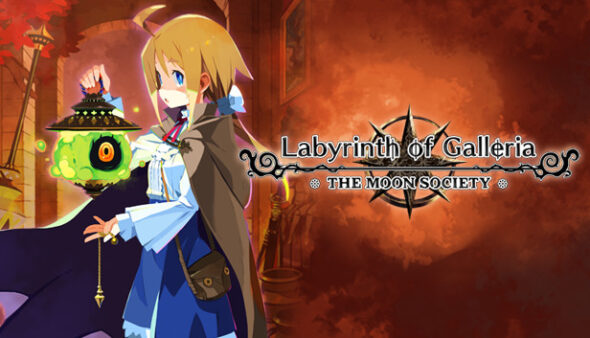
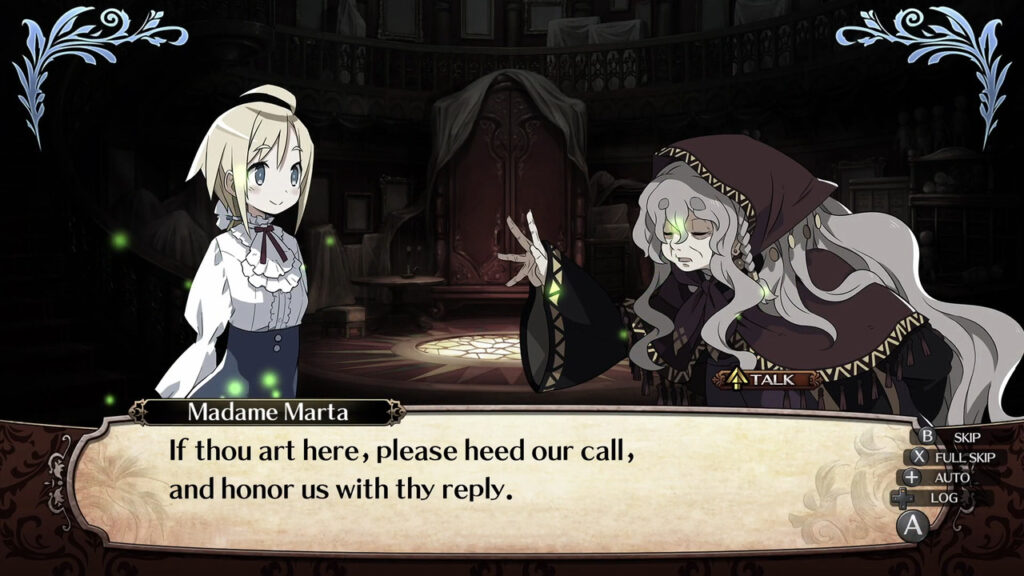
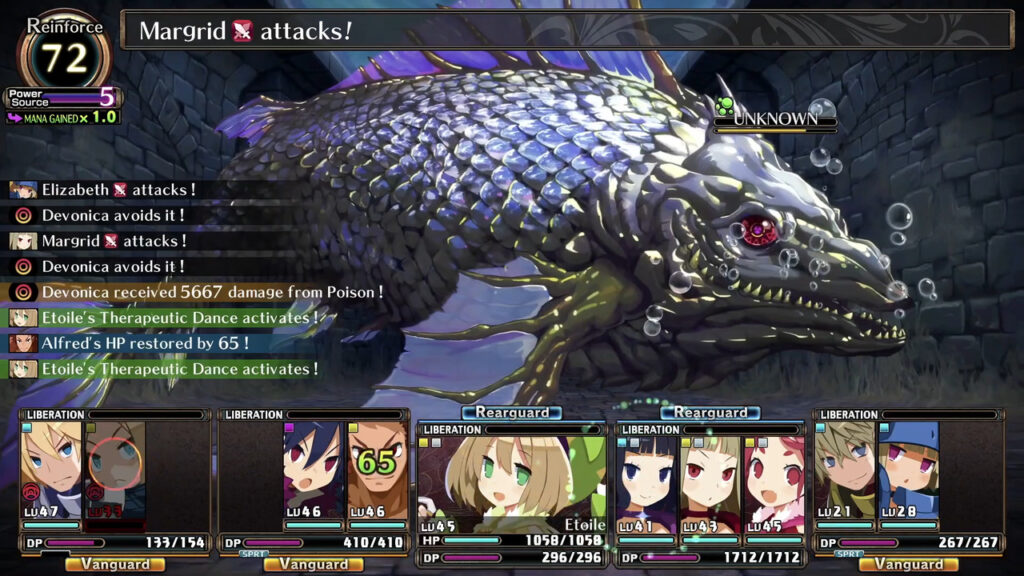
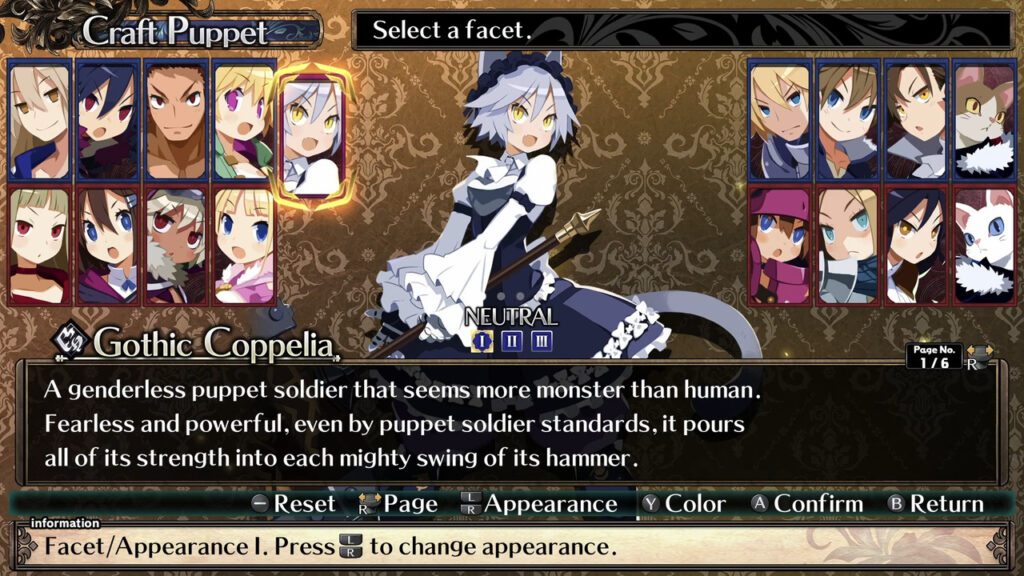
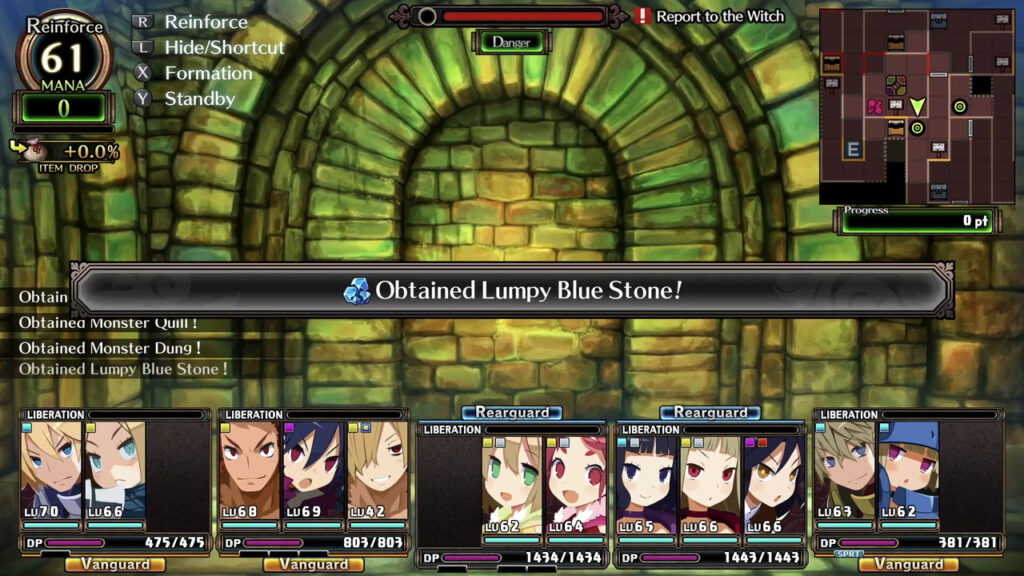




No Comments